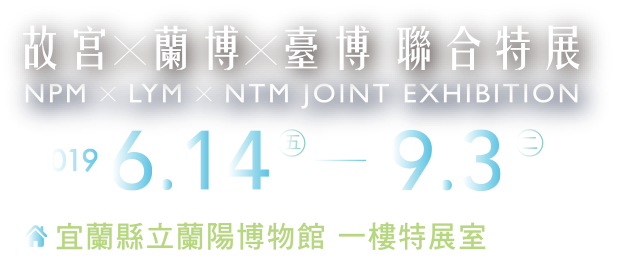About Exhibits
-
The artsy world
At some point in the past after mankind was an intelligent species, but before the advent of written language, we understood how to fix what we saw and heard in art. With the development of written language, and more and more observation,the spiritual takeaway provided by the artist's depiction of everything around us has become more and more important. This area invites the viewer to accompany us for detailed observation and reflection, considering how Nature brings a sense of beauty to mankind and inspires artists to produce works that open up that sense of beauty to viewers.
Summer Lotus

-
Sophisticated observation
Before photography was invented, painters played a hugely important role in recording. Through text and detailed, precise artistic renderings, they painted the natural ecology and allowed people to gain knowledge and information through an exchange of their works, making the information people exchanged more accurate by their inclusion.
Giusepe Castiglione (1688-1766, Italian) was a missionary in the time of the Kangxi, Yongcheng and Qianlong emperors. He excelled at depicting people, flowers, birds and animals with a technique distinct from traditional Chinese painting. Castiglione used blocks of color to show layers, including detailed darks and whites for depth and brightness of the eyes, and employed a Western perspective technique to accentuate depth of field, distinct from the traditional Chinese painting technique utilizing multi-point perspective. His Western realistic perspective techniques were incorporated into the paintings he did in China, helping us to more clearly appreciate the ecology of his time.
This area showcases Castiglione's works in digital form, and you should carefully compare his works to the other exhibits. Castiglione painted over 200 years ago. Have the creatures depicted changed between then and now? Which of them are no longer commonly seen? Let's turn the lens back to Taiwan, and observe our indigenous species of birds!
-
Explore the Flora and Fauna of Castiglione

Adventures of the Mythical Creatures at the National Palace Museum

-
Red-crowned Crane

Mountain Hawk-eagle

-
-
Imaginary marvels
In the course of depicting the myriad creatures in Nature, at times the painter can observe at close range, but on other occasions he cannot actually see the details he will paint. In such cases, people draw on oral tradition and stories to satisfy their curiosity. The creatures that result are the product of imagination, but are partially grounded in reality, though they look to us now like beings from a science-fiction novel, with much interest added.
This area uses an immersive digital installation to display images of creatures in the eyes of those living in the Qing dynasty. Supplemented by specimens and tableware with marine life’s images, this exhibit shows beings yet unknown to the people who imagined them, as well as meanings people assign to actual living creatures.
-
Marvels within the Sea Immersive Interactive Theater

White-glazed narcissus plate adorned with mitten crab designs

-
-
Scientific exploration
Since people became aware of modern science, things that could previously only be imagined have gradually been unveiled in their true forms.
With a map, explorers can circle the globe. Many people learned about the world from such maps. Beginning in the 15th century, Europeans began to produce more accurate maps, sparking the age of navigation and the start of world exploration. The exotic plants and animals they encountered along the way were bagged by treasure-hunters who set up the “Cabinet of curiosities”, the forerunners of today's museums. People began to preserve and collect plants and animals using scientific methods, and to research and record information about the natural world based on a scientific perspective. Such ample collections also formed the foundation of systematic science. Additionally, because of the better understanding of the natural world, people started to consume large amounts of natural resources without knowing how to be frugal and conserve.
-
Ferdinand Verbiest's Kunyu Worldview New Media Art Installation

Dugong
-
-
Retribution
Human beings appeared on the planet over two million years ago, and the relationship between man and Nature has evolved from one of observation and recording through various means through the Industrial Revolution and later to unilateral plunder and utilization of the Earth's resources by Man. We developed technology to allow us to rapidly use resources. To make our lives more convenient, we produce all kinds of single-use products such as straws and plastic items. Nature breaks down much of the waste that Man produces, but plastics don't break down easily, so people have to landfill or incinerate them. Plastic waste is thrown carelessly just anywhere, and ultimately flows down the rivers into the oceans. We thought that the plastic waste we cannot see is further shredded during the process of movement and then eaten by marine animals. People then hunt those marine animals and end up ingesting the plastic themselves.
Every bit of the garbage in this area comes from a beach-cleaning effort or was actually taken from the beach or the ocean. After the action of wind and sun, and erosion by seawater, much of this garbage has changed in appearance, or has been broken down into small pieces, before being brought back to humans by the ocean. After having examined all the old species, we travel back in space to the present day. Today, in 2019, is the relationship between Man and Nature still one of harmony?
The land is limited, and the more humans demand, the more nature must strain to provide. We occupy space that other living creatures inhabit. As the natural habitats of animals are developed and destroyed, many species that originally lived in the mountains and forests are gradually disappearing. For instance, among the two Felidae species endemic to Taiwan, the Formosan clouded leopards are now extinct, and the leopard cat is endangered.
-
Leopard Cat

Rubber Ducky

-
Must See Paintings Interactive Tabletop

-


